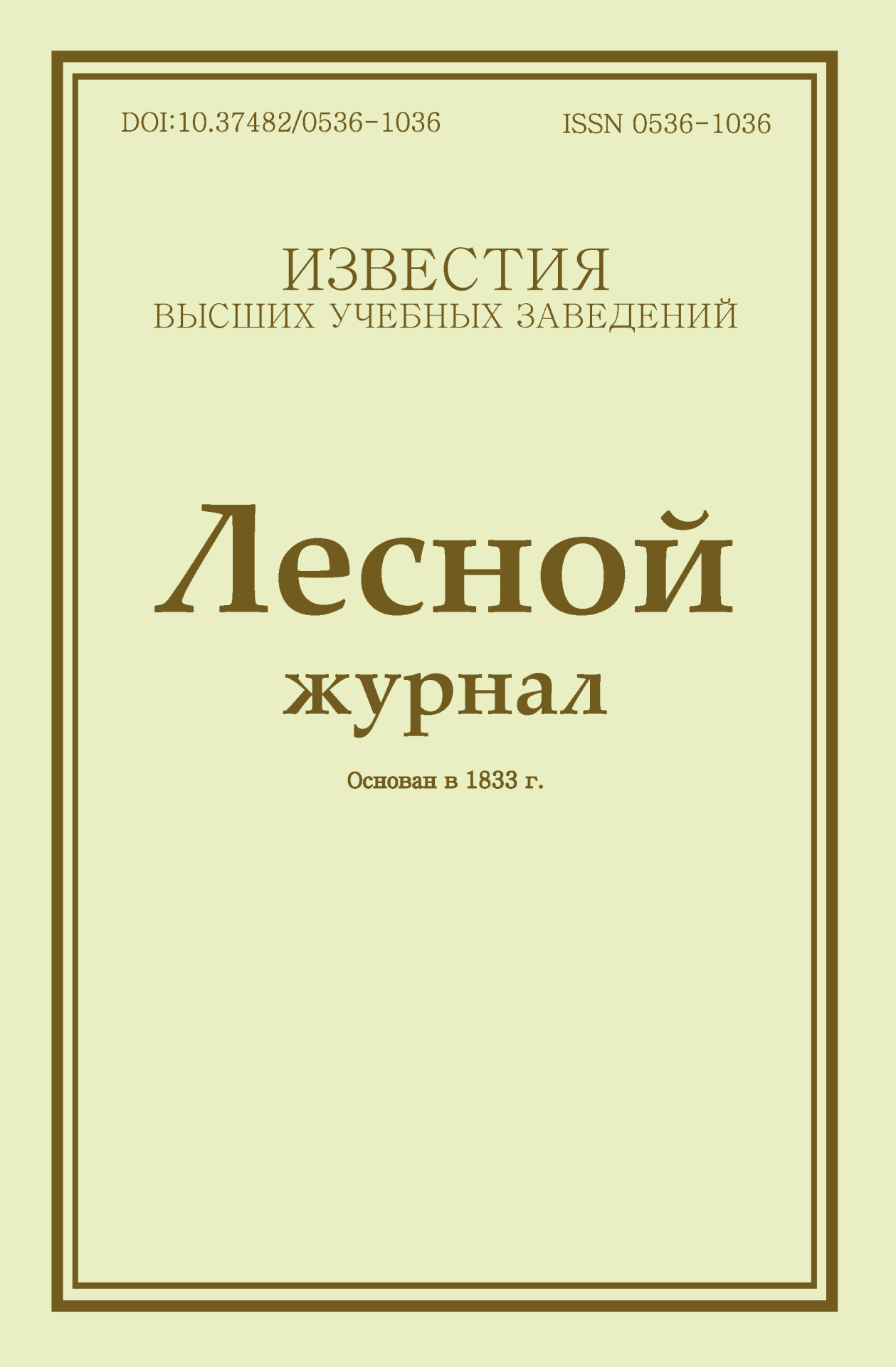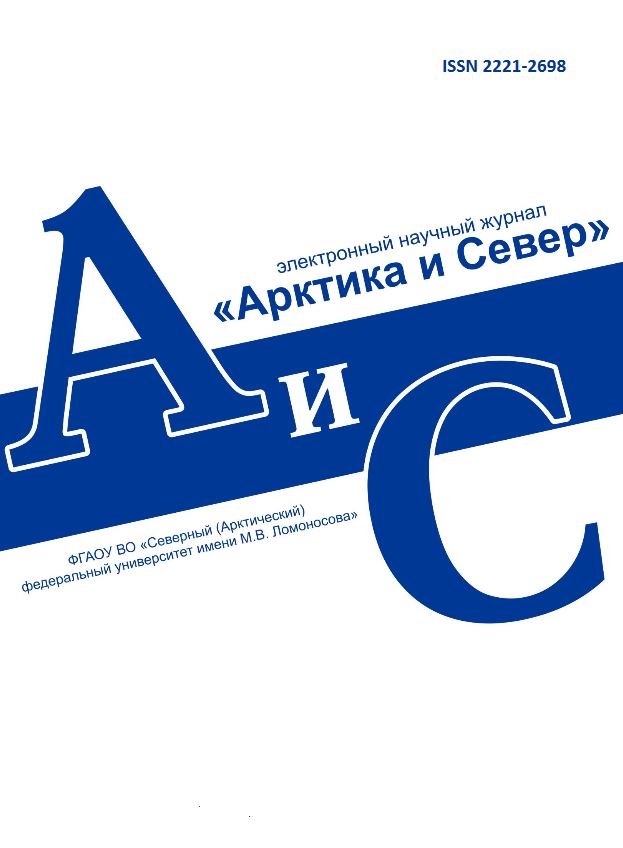
 

Legal and postal addresses of the founder and publisher: Northern (Arctic) Federal University named after M.V. Lomonosov, Naberezhnaya Severnoy Dviny, 17, Arkhangelsk, 163002, Russian Federation
Editorial office address: Vestnik of Northern (Arctic) Federal University. Series "Humanitarian and Social Sciences", 56 ul. Uritskogo, Arkhangelsk
Phone: (8182) 21-61-20, ext. 18-20
E-mail: vestnik_gum@narfu.ru
https://vestnikgum.ru/en/
|
Contamination of Phraseological Units as a Means of Speech Characterization of Characters in M.A. Sholokhov’s Novel Virgin Soil Upturned. C. 47-57
|
 |
Section: Linguistics
Download
(pdf, 0.5MB )
UDC
811.161.1:821.161.1
DOI
10.37482/2687-1505-V333
Authors
Anastasia V. Vnukovskaya
Cand. Sci. (Philol.), Assoc. Prof. at the Department of Foreign Languages, Rostov Law Institute of the Ministry of Internal Affairs of Russia (address: ul. Eremenko 83, Rostov-on-Don, 344015, Russia).
Abstract
This article dwells on the contamination of phraseological units in Mikhail Sholokhov’s works using his novel Virgin Soil Upturned as an example. The writer pays much attention to the choice of language units and the ways of their organization in the context. One of the most striking features of his style is the concentrated use of phraseological units within a short text fragment. Based on semantic identification and component analysis, it is concluded that the created sets of phraseological units are connected by paradigmatic and syntagmatic relations, which determine their interaction and the degree of influence on each other as well as contribute to structural and semantic contamination. The characters’ speech in the novel contains phraseological units that have been contaminated. Sholokhov’s use of contaminated units to describe characters allows us to identify such characteristics as their social status and level of education, as well as emotional state, temperament, etc. The image is being detailed, expanded and refined by shifting accents and adding semes and connotations. Sholokhov combines the features of various phraseological units, thus enhancing the aesthetic function of the text. Such categorical properties of phraseological units as integrity of meaning and constancy of structure as well as imagery and expressiveness of the original phraseological unit are reinterpreted and transformed during contamination, thereby updating the image and intensifying the aesthetic potential of language units in the context and, consequently, in the text as a whole. Contamination of phraseological units, which is a result of their concentrated use, in Sholokhov’s works is nothing other than a conscious departure from the traditional forms of text organization, aimed at achieving creative goals and implementing the author’s idea. Further research in this area may be of interest to specialists dealing with stylistics, text theory, phraseology and the study of linguistic personality.
Keywords
contamination, phraseological unit, character’s speech characteristics, intensification of imagery, expressiveness, author’s style, M.A. Sholokhov
References
- Vnukovskaya A.V. Idiostilisticheskaya markirovannost’ khudozhestvennoy prozy M.A. Sholokhova v aspekte frazeologii [Idiostylistic Marking of M.A. Sholokhov’s Artistic Prose in the Aspect of Phraseology]. Nauchnaya mysl’ Kavkaza, 2020, no. 2, pp. 115–120.
- Vnukovskaya A.V. On the Concentration of Phraseological Units as Idiostyle Method (Based on the Prose of M. A. Sholokhov). Curr. Iss. Philol. Pedagog. Linguist., 2020, no. 1, pp. 160–166 (in Russ.). https://doi.org/10.29025/2079-6021-2020-1-160-166
- Naciscione A. Stylistic Use of Phraseological Units in Discourse. Amsterdam, 2010. 292 p.
- Tagarova T.B. Frazeologicheskie edinitsy kak sredstvo opredeleniya individual’nogo stilya pisateley [Phraseological Units as a Means of Identifying the Individual Style of Writers]. Mir fol’klora v kontekste istorii i kul’tury mongol’skikh narodov [The World of Folklore in the Context of the History and Culture of the Mongolic Peoples]. Irkutsk, 2006, pp. 343–351.
- Jafarova L. Realisation of Phraseological Modifications by Updating the Existing Contexts. Am. J. Linguist., 2013, vol. 2, no. 1, pp. 5–8.
- Baranov A.N., Dobrovol’skiy D.O. Frazeologiya Dostoevskogo: parametry leksikograficheskogo opisaniya [Dostoevsky’s Phraseology: Parameters of Lexicographic Description]. Shestakova L.L. (ed.). Sovremennye problemy avtorskoy leksikografii [Modern Problems of Author’s Lexicography]. Moscow, 2018, pp. 11–18.
- Shumskikh E.A. Individual Author’s Phraseology in I. S. Turgenev’s Novel “Home of the Gentry” (“Dvoryanskoe gnezdo”). Russkiy yazyk v shkole, 2021, vol. 82, no. 5, pp. 56–66 (in Russ.). https://doi.org/10.30515/0131-6141-2021-82-5-56-66
- Kabanova S.A. Avtorskoe izmenenie frazeologizmov v proze M. Zoshchenko [Author’s Reconsideration of Phraseological Units in M. Zoshchenko’s Prose]. Filologicheskie nauki. Voprosy teorii i praktiki, 2022, vol. 15, no. 7, pp. 2183–2188. https://doi.org/10.30853/phil20220375
- Gorbunova Yu.S. Frazeologicheskie edinitsy, opredelyayushchie kharakter personazhey v romane M.A. Sholokhova “Tikhiy Don” [Phraseological Units Determining the Personality of the Characters in M.A. Sholokhov’s Novel And Quiet Flows the Don]. Mir Sholokhova, 2016, no. 1, pp. 82–86.
- Milkova A.A., Erofeev Yu.V., Yao S. Phraseological Units and Their Contextual Usage in the Formation of Ray Bradbury’s Individual Style. J. Crit. Rev., 2020, vol. 7, no. 7, pp. 517–523.
- Nicolas T. Semantics of Idiom Modification. Everaert M., van der Linden E.-J., Schenk A., et al. (eds.). Idioms: Structural and Psychological Perspectives. Hillsdale, 1995, pp. 233–252.
- Melikyan V.Yu. Kommunikemy v yazyke proizvedeniy M.A. Sholokhova: esteticheskiy aspekt [“Communikemes” in the Language of M.A. Sholokhov’s Works: An Aesthetic Aspect]. Slovo i tekst [Word ant Text]. Rostov-on-Don, 2020, pp. 86–92.
- Melikyan V., Melikyan A. Dzyubenko A. Syntactic Phraseological Units: Syntactic Phraseology. Phraseological Subsystem of Language. Z. Slaw., 2017, vol. 62, no. 1, pp. 23–47. https://doi.org/10.1515/slaw-2017-0002
- Bulaeva N.E., Davydova M.M. Occasional Transformations of Phraseological Units. Lib. Arts Russ., 2018, vol. 7, no. 6, pp. 482–489 (in Russ.). https://doi.org/10.15643/libartrus-2018.6.5
- Semushina E.Y. Instantial Transformation of Phraseological Units as Complex Phenomenon. XLinguae, 2019, vol. 12, no. 3, pp. 179–191. https://doi.org/10.18355/XL.2019.12.03.13
- Korobkina N.I. Frazeologicheskie transformatsii kak stilisticheskiy priem v khudozhestvennoy i estestvennoy kommunikatsii [Decomposition of Set Phrases as a Stylistic Device in Belletristic and Natural Communication]. Mir lingvistiki i kommunikatsii: elektronnyy nauchnyy zhurnal, 2020, no. 1, pp. 56–69. Available at: http://tverlingua.ru/archive/059/4_59.pdf (accessed: 25 February 2023).
- Jabbarova A. Transformation and Deformation of Phraseological Units as a Means of Creating Expressivity, Efficiency and Stylistic. Int. J. Word Art, 2021, vol. 4, no. 3, pp. 160–163.
- Belik N.A. Gnezdovoe upotreblenie frazeologizmov v khudozhestvennoy proze M.A. Sholokhova [Group Use of Phraseological Units in M.A. Sholokhov’s Fiction]. Frazeologiya v yazykovoy kartine mira: kognitivno-pragmaticheskie registry [Phraseology in a Linguistic Worldview: Cognitive-Pragmatic Registers]. Belgorod, 2019, pp. 193–196.
- Pavlenko T.L. Kontaminatsiya frazeologizmov v khudozhestvennoy proze M.A. Sholokhova: esteticheskiy aspekt [Contamination of Phraseological Units in M.A. Sholokhov’s Fiction: An Aesthetic Aspect]. Kontseptual’nye problemy literatury: khudozhestvennaya kognitivnost’ [Conceptual Problems of Literature: Artistic Cognition]. Rostov-on-Don, 2006, pp. 169–174.
|
Make a Submission











Journal of Medical and Biological
Research

Forest Journal

Arctic and North


|







